Livadia is situated near the border with the Heraklion regional unit, 30 km northeast of Rethymno and 42 km southwest of Heraklion, at an altitude ranging from 600 to 650 meters, at the foothills of Mount Psiloritis. According to the Kallikratis plan, together with Mariniana and Krana, it forms the Community of Livadia, which belongs to the municipal unit of Kouloukonas in the Mylopotamos Municipality. As of the 2011 census, the community has a population of 1,481, while the village itself has 1,473 residents. It is one of the largest pastoral villages in Mylopotamos, with additional production of raisins and household textiles, mainly for tourist consumption.
Historical References
Livadia was founded during the Venetian era in the 13th century. Although the Turks never settled in the village, they conducted numerous raids, and in one instance, the villagers managed to kill all the Turkish attackers. In retaliation, a pasha arrived with a large army and burned the village, but failed to eliminate the rebels who had fled to the nearby mountain peaks the night before.
The villagers of Livadia participated in the Holocaust of Arkadi Monastery in 1866 and the Cretan Revolution. One of the prominent leaders of the revolution and the military leader of Mylopotamos, Giannis Sopasis or Kouvos, hailed from the village. In September 1868, at the end of the 1866 revolution, the General Assembly of Cretans signed a resolution in Livadia addressed to the Great Powers, requesting, among other things, the establishment of an autonomous state. The people of Livadia also took part in the Balkan Wars, World War I at the Battle of Skra, the Greco-Italian War, and the national resistance for liberation from the Germans. Additionally, at the location of Gournolakos, south of Livadia Mylopotamos, 32 men from the wider area and Livadia were executed by the Nazis as retaliation for the resistance.
Francesco Barozzi, the prominent scholar of the Venetian era, in his “Description of the Island of Chandakas,” first recorded Livadia among the villages of Mylopotamos in 1577. A few years later, in 1583, Pietro Castrofilaca, in his census of the villages and settlements of Crete, and the Venetian engineer Francesco Basilicata in 1630, mentioned Livadia with a population exceeding 650 inhabitants. In the 1881 census, it is not mentioned, and Stergios Spanakis believes that it is mistakenly referred to as Leivadia in the municipality of Garazo with 473 inhabitants. The village is one of the few in Crete that experienced population growth at the end of the 20th century.
Location and Dimensions
Livadia’s location in the foothills of Mount Psiloritis, at an altitude between 600 and 650 meters, provides it with a unique blend of mountainous beauty and access to fertile valleys. The village’s size is substantial compared to many other Cretan settlements, with a current population of 1,473. This suggests a historically significant community with a well-established presence in the region.
Historical Significance
Livadia’s historical significance lies not only in its participation in major historical events but also in its representation of the resilience and adaptability of Cretan communities. The village’s ability to withstand Turkish raids and maintain its identity throughout centuries of foreign occupation speaks to the strength and determination of its inhabitants.
The presence of traditional “mitata” (stone shelters used by shepherds) in the surrounding mountains serves as a reminder of the village’s deep connection to pastoralism and its role in preserving Cretan cultural practices.
Population Data Over the Years
The population data for Livadia reveals a unique trend compared to many other Cretan villages. While many settlements experienced population decline in the late 20th century due to urbanization and emigration, Livadia witnessed an increase. This growth can likely be attributed to factors such as the village’s strong sense of community, its relatively accessible location, and the opportunities provided by its pastoral and agricultural activities.
Current Status
Today, Livadia stands as a thriving village, balancing its rich history and traditions with modern amenities and infrastructure. It continues to be a center for pastoral activities, with a significant number of sheep and goats contributing to the local economy. The village also boasts a range of traditional crafts, including weaving and cheese-making, which attract visitors and contribute to its cultural identity.
Livadia’s commitment to education is evident in its well-equipped primary and secondary schools, which serve not only the village but also the surrounding communities. The presence of sports facilities, cultural associations, and youth groups further highlights the village’s vibrant social life.
In essence, Livadia represents a successful model of rural development in Crete, where tradition and modernity coexist harmoniously. The village’s ability to preserve its cultural heritage while embracing progress ensures its continued vitality and relevance in the 21st century.
Village Key Points
- Historical References: Founded in the 13th century, played a role in various Cretan uprisings and wars
- Location: Mylopotamos Municipality, Rethymno regional unit, Crete, Greece
- Altitude: 600-650 meters
- Current Status: A thriving village with a population of 1,473, known for its pastoral activities and traditional crafts
Access
Livadia is 7.0 kilometers away from the town Anogeia and 2.5 kilometers away from Zoniana.

















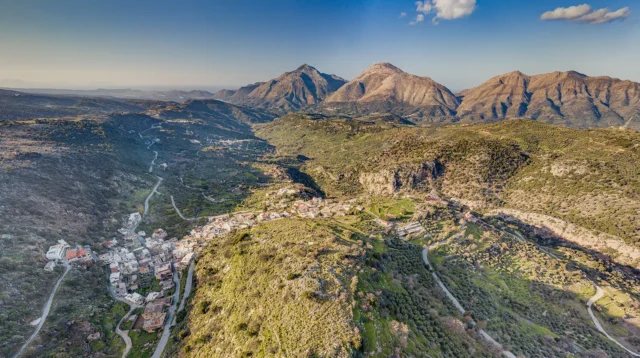
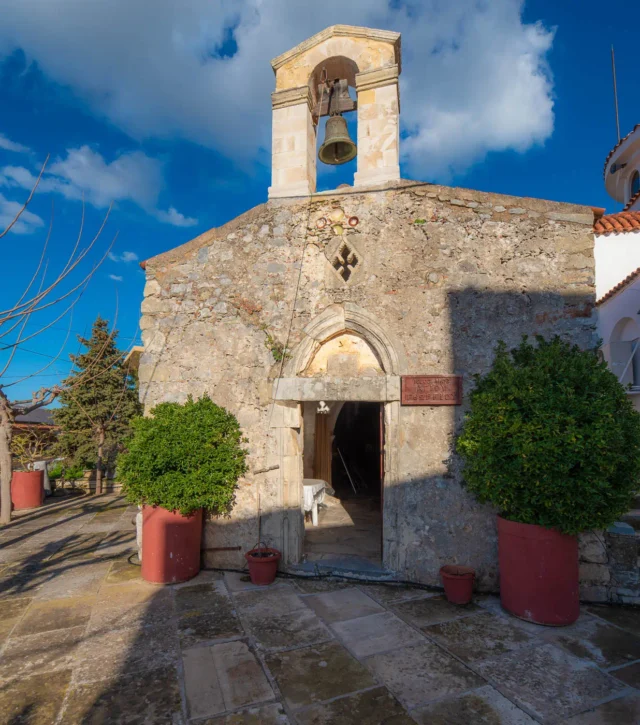
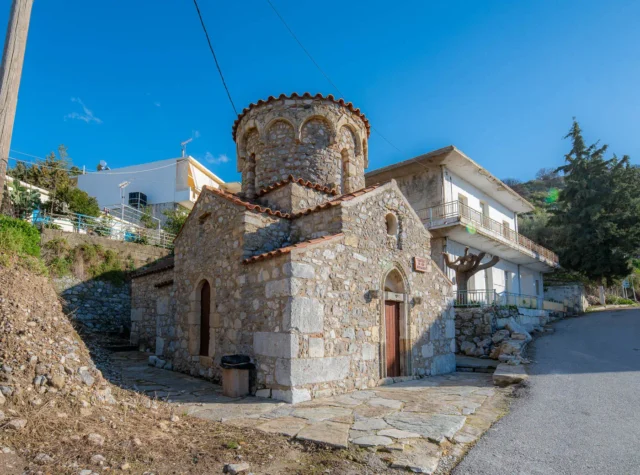
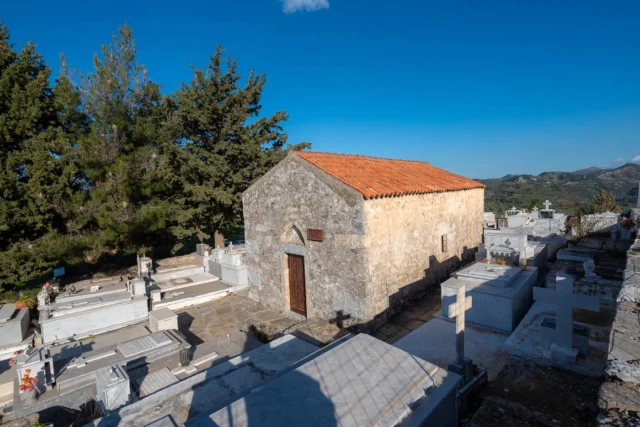
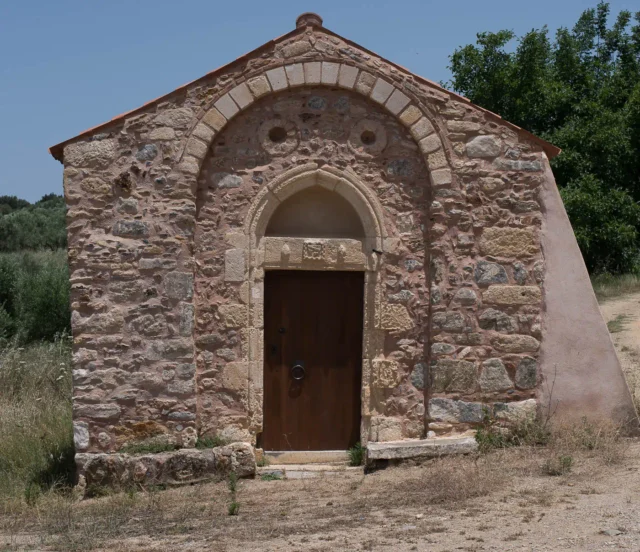
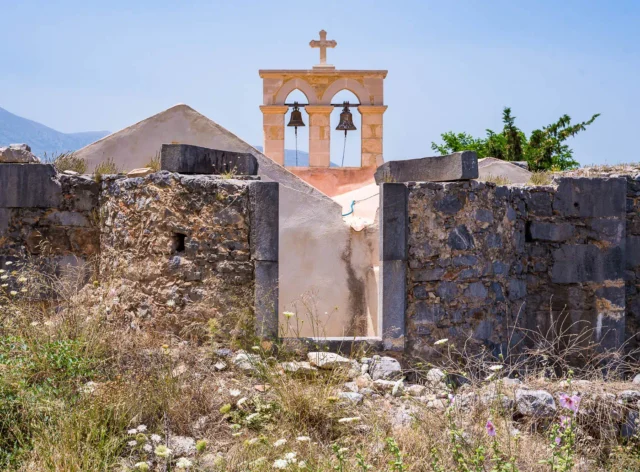
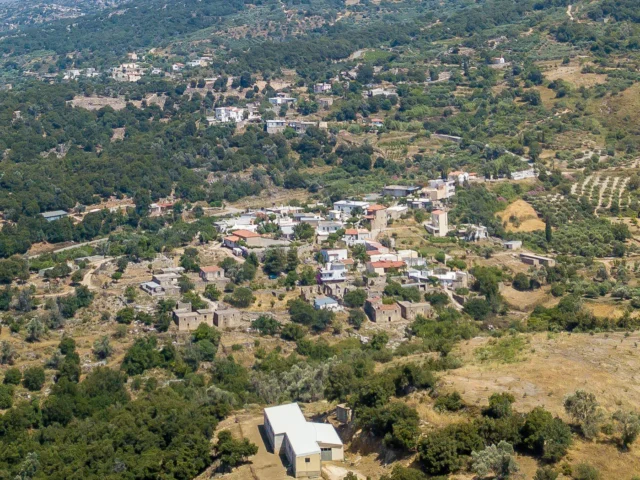
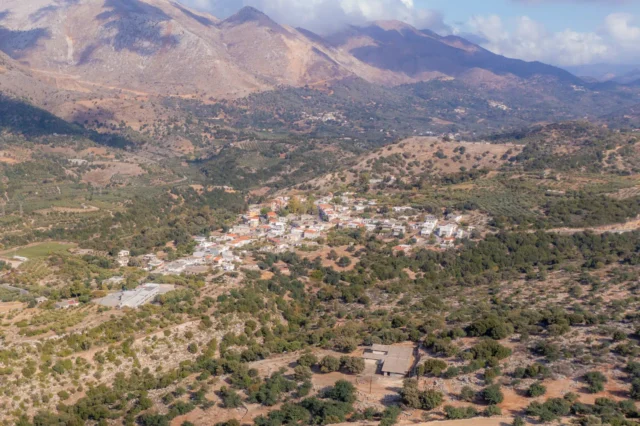
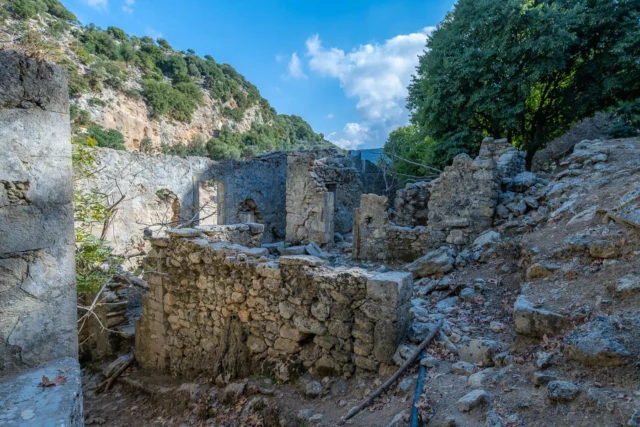
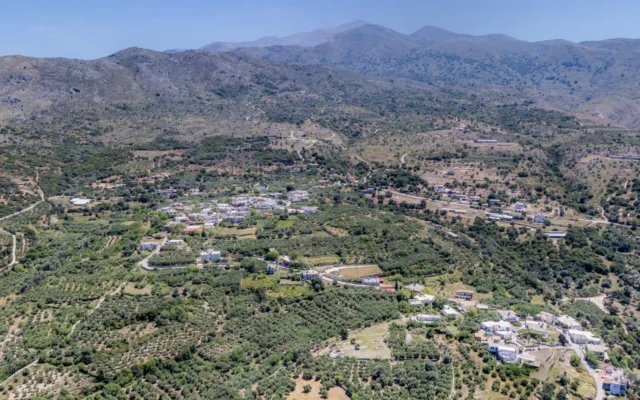
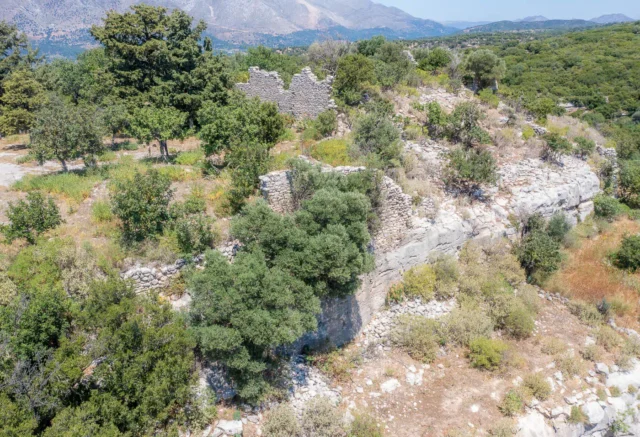

There are no comments yet.